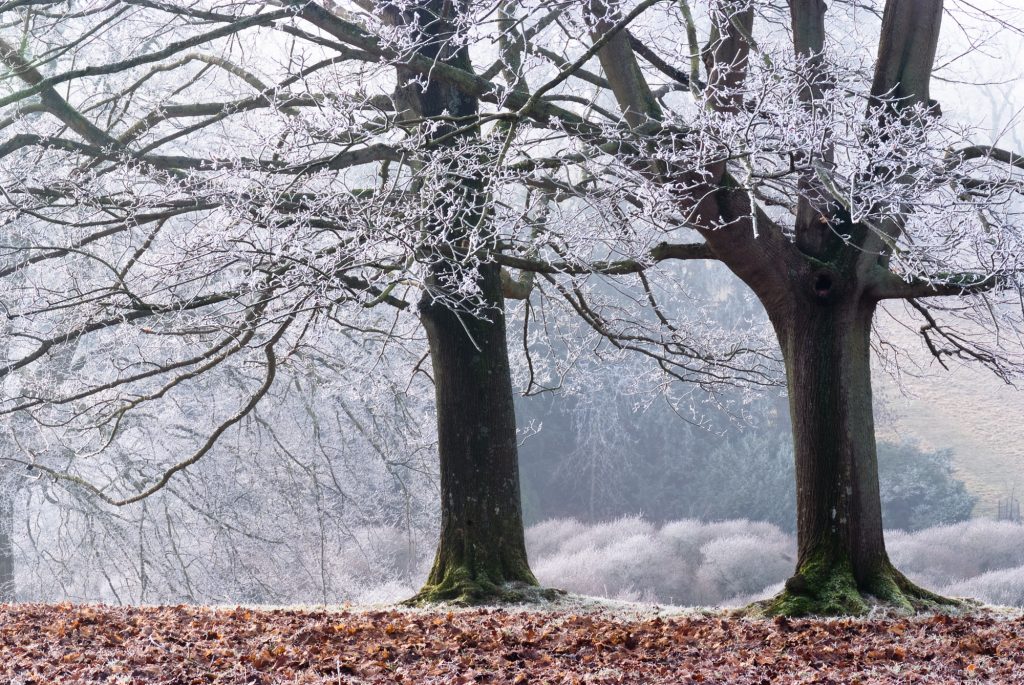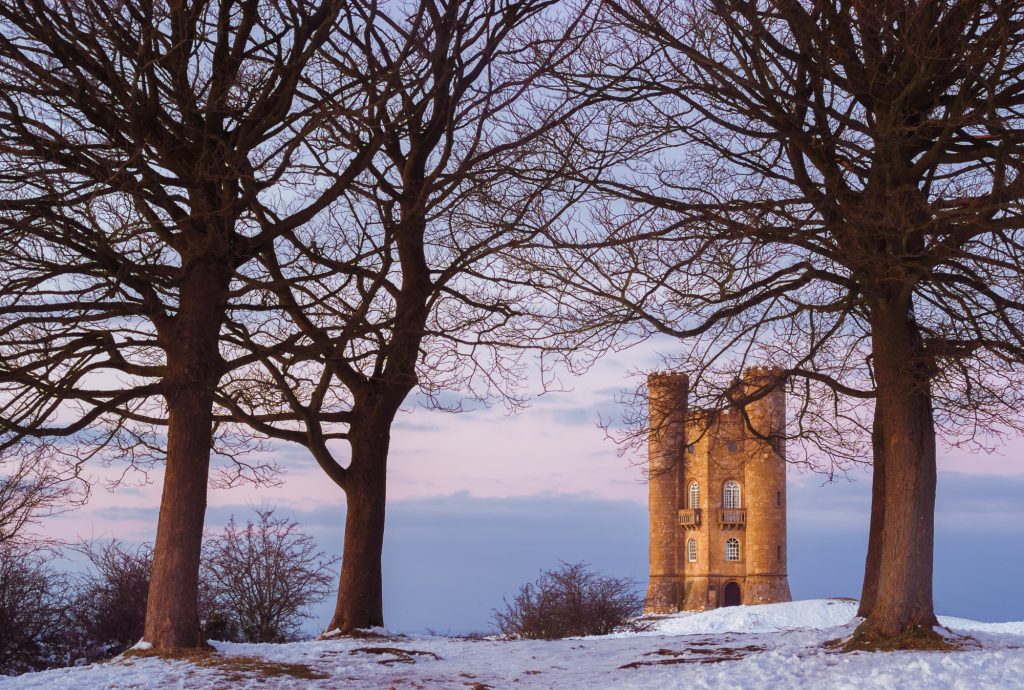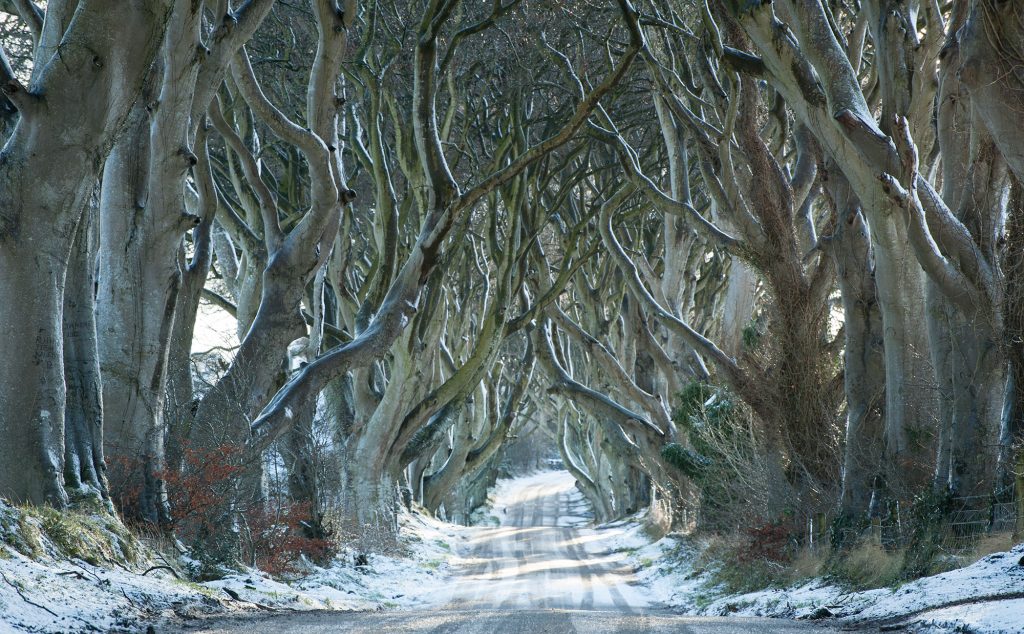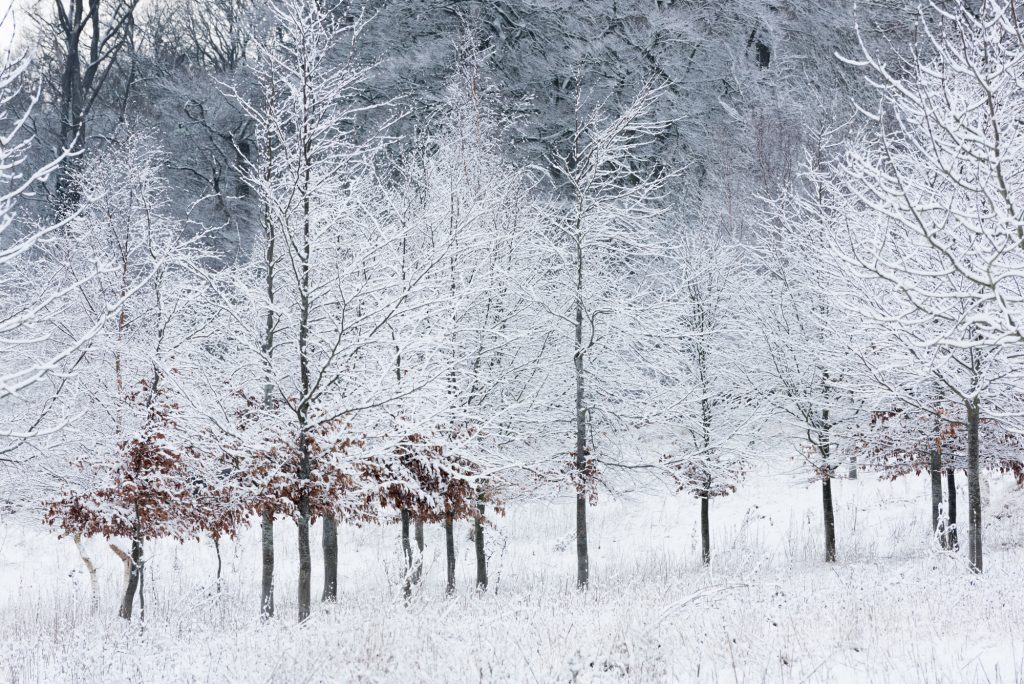The Wonderful World of Winter Photography
Winter Photography with Kase UK Partner Sarah Howard
Winter is one of the best times of the year to photograph, offering unique opportunities and plenty of challenges. Winter brings out a whole new world. The bare bones of the landscape are exposed creating a stark, graphic appearance and trees, stripped bare of their leaves, taking on a whole new look.
Photographing in winter can be a truly wonderful and rewarding experience but getting out there in the first place is as much about your attitude as anything else. If you think ‘cold and miserable’ you will be so, with little possibility of achieving good photographic results. It’s very easy to hibernate but if you make the effort the rewards can be great.

First of all a few tips:
- The most important thing is to dress appropriately – thermal socks, decent waterproof boots, plenty of layers including thermal base layers, waterproofs and a hat and gloves will ensure you are warm and ready to face the elements. If you really suffer from the cold like I do, consider taking hand warmers with you too.
- Carry a flask of tea or coffee with you or have it to hand in the car. Also, ensure that you have your phone with you in case of any emergency.
- Bear in mind the effect of the cold on your camera. It will need to adjust to the cold before being used. Lens fogging and a build-up of condensation on your lens is the first problem you will encounter due to radical changes of temperature when getting in and out of a warm car. To minimise this risk, when heading out by car to a location, keep your camera in the boot, away from any heat to allow it time to acclimatise. Similarly, when you are ready to go inside, put your camera in a zip lock bag, and make sure it’s sealed tight. Then, once inside, place it somewhere where it can warm up slowly.
- Take plenty of batteries. Battery drain is the biggest problem in cold temperatures so never expose your camera equipment for longer than absolutely necessary. Bear in mind that when working in Live View your battery will drain faster, so try to keep this to a minimum.
- If it’s snowing protect your camera with any ready-made camera cover or a cheaper method is to use a zip lock plastic bag and cut an opening for the camera lens and viewfinder.
- When photographing try not to breathe through your nose on the viewfinder as you may create ice due to condensation.
- Watch for slippery surfaces, tread carefully to protect both yourself and your equipment.

Timing and planning
This is key to a successful image. Pick your location and time of day carefully and do your research beforehand. Check when and where the sun rises and sets using an App such as LightTrac, and check the weather forecast over the preceding days so that you can plan to be at your chosen location when it is likely to be looking its best. If possible do a recce beforehand so that you are more familiar with your location, how long it will take to get there, where to park etc, and check out any possible compositions.
Embrace the Opportunities of an Early Start
Winter brings out photographic opportunities that are quite unique but it can be quite tricky. Often the light in winter can be fabulous, far less intense than during the rest of the year, especially in the early morning or late afternoon. This is when your shots will appear at their warmest and most dramatic and shadows are long, creating contrast and mood. You are at an advantage too in winter in that sunrise is relatively late so there’s no need to get up too early! Even so, dragging yourself out on a cold dark morning is not appealing to the best of us. Rest assured it will be worth the effort. There is nothing quite like feeling as if you are one of the first to see the dawn of a new day and, as the light works its wonders and the landscape unfolds before you, your efforts will be hugely rewarded.
A frosty morning can bring a beautiful start to the day, transforming the landscape. A heavy hoar frost in particular can turn the most mundane scene into a winter wonderland. Then, as trees and grasses suspended in time slowly come to life with the warmth of the sun, mist is often seen rising, providing a great opportunity for some atmospheric shots. Freshly fallen snow has an ethereal beauty so getting out early, whilst the ground remains untouched will allow you to capture it at its most magical moment. Remember to watch where you walk so that you don’t spoil the snow with unwanted footprints.

Think about your composition
As always, this is vitally important. Use a tripod, not only to steady your camera but also to carefully set up your shot, helping you determine what to include and just as importantly, what to leave out. Look closely at what you see in your viewfinder excluding anything that does not add to the overall impact of your image. Explore different viewpoints and make use of all your lenses. Including a leading line such as a path, stream or river will help draw the eye into the scene and don’t forget to look for some foreground interest to add depth.
Exposure
Winter can present problems in this area. If you are lucky enough to have snow it can prove to be a headache but it needn’t be so. A general misconception is that you need to drastically overexpose to make snow appear white but snow is seldom white; instead, it picks up reflections, which change its colour. A blue sky will cast a blue/grey reflection, whereas morning or evening light casts a lovely warm glow. Be aware of the effect of changing light and learn how to take advantage of it. Most cameras are fooled by snow however and generally you will need to overexposure a little to prevent it appearing too grey. Remember to check your histogram to ensure your exposure is correct.
White Balance
The ‘Auto’ white balance setting on digital cameras tends to make snow look too blue. Either set your white balance manually by adjusting the degrees kelvin, or you can wait until the post processing stage to make any corrections.

Filters
A polarising filter is really useful, particularly if you have sunny conditions, intensifying blue skies and making clouds stand out. It will also reduce glare on snow and ice. A polarising filter will also help you “see” through water by reducing reflections on its surface. Remember that it is most effective when the sun is 90 degrees to your left or right. Do not use a polariser when using short focal lengths; anything under around 22mm is likely to cause uneven polarisation where parts of the sky appear darker than others.
Neutral Density Graduated filters are another useful filter, when it comes to helping to balance the exposure between the sky and the land and ensuring that all the detail is recorded in any highlight area. Carry a range of soft and hard grads with you, to suit your subject matter.
Focus
If you are using auto focus you may find that your camera may struggle to focus in snow due to lack of contrast. Switch to manual focus instead.
Get close
Look for detail – capture winter’s patterns, textures and colours. Frost and snow in particular, offer much in the patterns they create. Look for close up detail shots of the frozen remains of leaves and plants held still in time. If you are near water be sure to take some shots of frozen surfaces. Keep your eyes peeled.
Be brave, don’t let the cold keep you inside – get out there – the wonderful world of winter photography awaits you!
https://www.sarahhowardphotography.com/
https://www.facebook.com/imageseen/
https://twitter.com/Imageseen
https://www.instagram.com/sarahhowardphotography/






